Red Patch on Bulb
anna_in_quebec
18 years ago
Featured Answer
Sort by:Oldest
Comments (29)
Wildcat_IN_Z5
18 years agoanna_in_quebec
18 years agoRelated Discussions
Applying 'red sand' in bare patches of Floratam St.Augustine..??
Comments (0)Our lawn was recently diagnosed w/ grey leaf spot mold that was supposedly related to herbicide stress, which weakened the turf. A lawn tech applied maneb (not fungicide of choice per U. Fla. IFAS info, but acceptable) last week, and will return for a two-week followup treatment before applying any ferts. It was suggested that we apply red (builders) sand to the bare patches that the fungus has caused. Do we apply this only to bare patches that have the SAG runners above the soil, or to all bare patches. Right now that totals up to about a quarter of the whole lawn. Any help is appreciated....See Moreelephant ears, red growing out of bulb?
Comments (5)A picture would be helpful. But what you're describing doesn't sound like an EE. At a guess I'd say Hippeastrum (Amaryllis). EE's have tubers (think potato, sweet potato, etc.), whereas Hippeastrums are bulbs (think onion, etc.). And Hippeastrums do often come out in colder weather, although I don't know if your cold will be too cold for it or not....See MoreAny online places have a great sale on amaryllis bulbs?
Comments (14)Hello, geekgranny - Well, I think you answered your own question about the ones growing in the box. I've found they do just fine, as long as I get to them before they've grown more than about three inches. (I've actually never purchased any that have grown more than that, so I don't know what happens with them.) Good for you for rescuing these! I find that many first-year Hippeastrum don't bloom at their normal height. I don't know why. As for the red stuff, that depends on what it is. There's a great thread here, started by Anna_in _Quebec, about different kinds of red markings and what they mean for the health of the bulb. If you do have red blotch, not just red patches, there are various ways to combat it. You might start--even if you don't think there's actual red blotch, the fungal disease, on the bulbs--by spraying the bulbs, especially at the point where the leaves emerge, with Safer soap. Hippeastrum expert Hans-Werner says that red blotch is a secondary infection; the primary damage comes from bulb mites, which are present on pretty much all commercially available Hippeastrum. So if you decrease the population of bulb mites, you decrease the chance of a secondary infection of red blotch. Hans-Werner, by the way, does not use Safer soap to combat bulb mites, but I believe others here (and on the Bulbs forum) have found it helpful, and it's safe to use in the house. Good luck with the Scheeper's order. It's supposed to warm up a little this weekend, here in southern New England (finally!). Good news for shipments of tender bulbs. (Sorry, Maureen, for taking the thread off-topic.) Amanda Here is a link that might be useful: 'Red patch on bulb' thread...See MoreMy little Red Patch
Comments (5)I think the one thing they have ignored is the tobacco! Too many blackberries to keep them happy. Last year they got millions of tiny aphids all over them so am waiting for that to hit....See MoreWildcat_IN_Z5
18 years agoanna_in_quebec
18 years agohaweha
18 years agoanna_in_quebec
18 years agoWildcat_IN_Z5
18 years agohaweha
18 years agosierra_z2b
18 years agobrigarif Khan
18 years agosierra_z2b
18 years agorosegrowernb
18 years agoanna_in_quebec
18 years agosierra_z2b
18 years agomariava7
18 years agosierra_z2b
18 years agorosegrowernb
18 years agosierra_z2b
18 years agoannamika
18 years agoDendrobium
18 years agosierra_z2b
18 years agonyara44
18 years agohaweha
18 years agoanna_in_quebec
18 years agobrigarif Khan
18 years agohaweha
18 years agobrigarif Khan
18 years agoelizabeth_jb
16 years ago
Related Stories

URBAN GARDENSIn London, a Crowded Patch of Grass Becomes a Patio for Entertaining
A chic combo of wood siding, clever plantings and lots of elegant sandstone transforms a plain garden into a stylish space
Full Story
HOUSEPLANTSHow to Force Amaryllis Bulbs Indoors
Enjoy vibrant red blossoms even as gardens turn snowy white, by teaching this hardy repeat performer to ignore the calendar
Full Story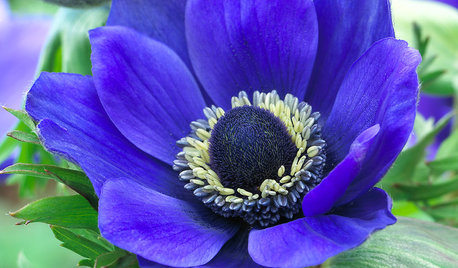
FALL GARDENING6 Splendid Blue-Flowering Bulbs
How do you blue? With colors from sky to cobalt, these bulbs will greet you merrily in a spring garden
Full Story
GARDENING GUIDES6 Unsung Bulbs for Fall Planting
Don't hang up your spade after summer — plant these unusual bulbs in fall for a spectacular spring show
Full Story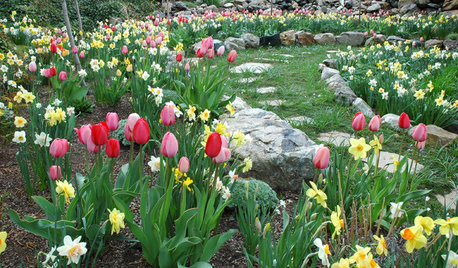
GARDENING GUIDESGardening With Kids: How to Plant Bulbs
You don't need expertise to get flowering bulbs in the ground in fall — but kids will feel like gardening pros come spring
Full Story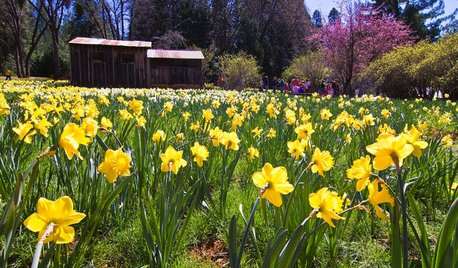
GARDENING GUIDES7 Bulbs That Flourish in Mild Climates
Fall planting: For gardens that don't see harsh winters, different guidelines for choosing and planting spring-blooming bulbs apply
Full Story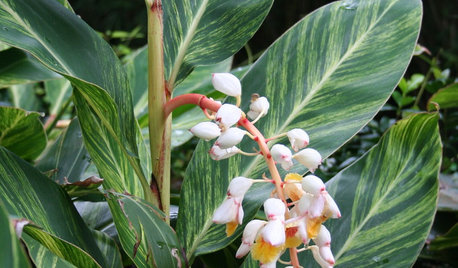
GARDENING GUIDES7 Tropical Bulbs for a Summer Garden That Wows
Try these stunners in summer's powerful heat for garden thrills with an exotic flair
Full Story
LIGHTINGGuest Picks: Exposed Bulb Lighting
Celebrate the filament bulb with 20 stylish lighting options
Full Story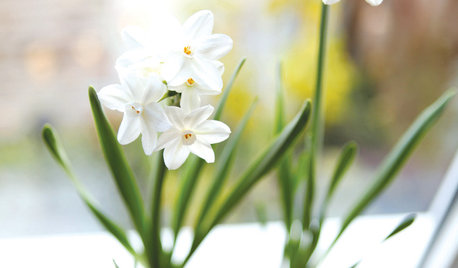
DIY PROJECTSHoliday DIY: Mason Jar Forced Bulbs and Evergreen Gift Tags
Learn how to make these winter projects from the book ‘Garden Made’ by Stephanie Rose
Full Story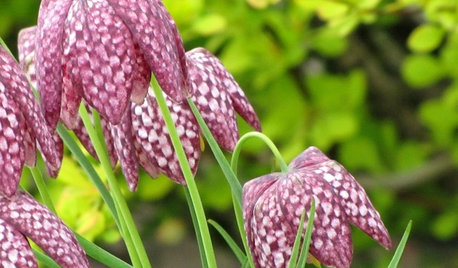
FALL GARDENING7 Delightfully Different Bulbs for Your Spring Garden
Fall planting: Stray from the standards for a more exotic spring garden that draws applause
Full StorySponsored
More Discussions



haweha